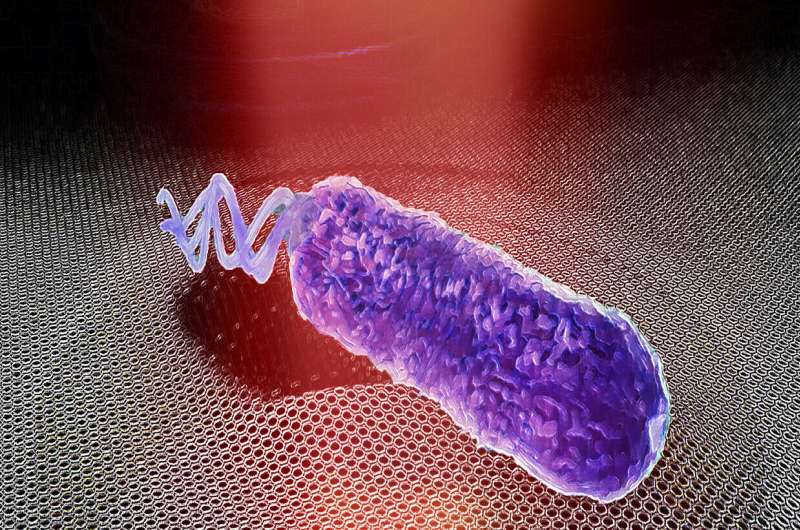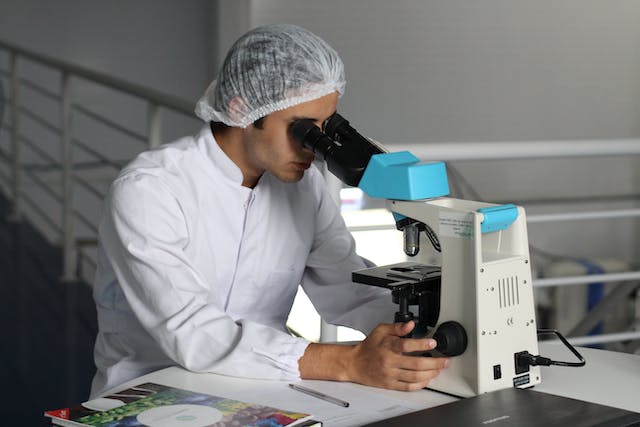Researchers at the Delft University of Technology in the Netherlands have developed a super-sensitive listening device. The device can detect the unbelievably faint sound of the tiny movements, or vibrations, made by a single, live bacterium. Researchers foresee that this device could lead to the development of a rapid screening system for testing antibiotic resistance.
Researchers have developed drums made out of ultrathin bilayers of graphene. They used these to investigate the source of the nanometer-scale oscillations made by individual E. coli bacteria. These extremely small and dangerous microbes are growing immune to our stock of antibiotics.
Researcher and engineer Farbod Alijani, said, “Graphene is a form of carbon consisting of a single layer of atoms and is also known as the wonder material,”
“It’s very strong with nice electrical and mechanical properties, and it’s also extremely sensitive to external forces.”
So, this device could help in determining if an antibiotic has succeeded in killing a sample of E.coli. The device will capture the extremely faint sound of bacteria trying to move around or of a dead one sitting in silence.
For this study, the researchers collaborated with the nano-biology group of Cees Dekker and the nanomechanics group of scientists.
“What we saw was striking! When a single bacterium adheres to the surface of a graphene drum, it generates random oscillations with amplitudes as low as a few nanometers that we could detect,” Dekker says. “We could hear the sound of a single bacterium!”







